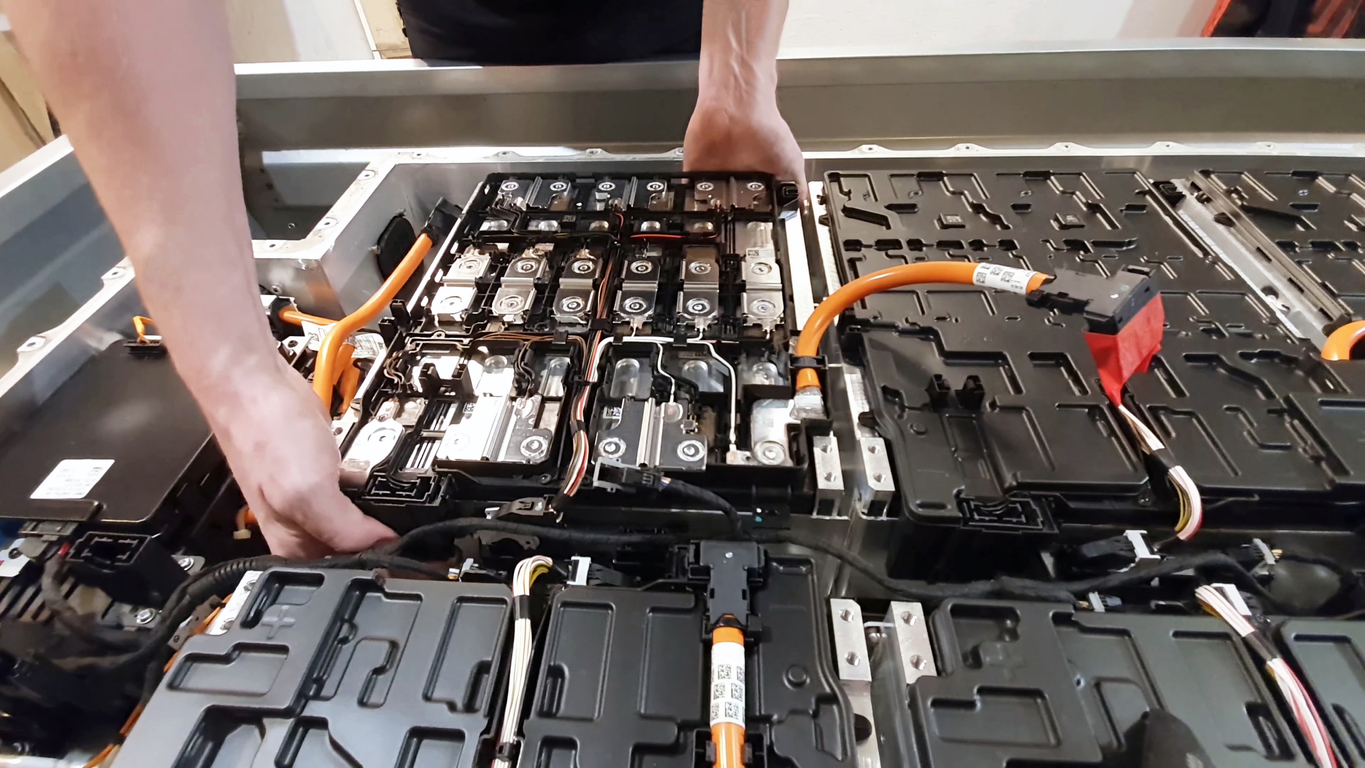
Energy Storage and Battery Management Systems (BMS)
This course is designed to provide a foundational understanding of battery chemistry, construction, testing, and management in the context of battery electric vehicles (BEVs). This course focuses on the fundamentals of battery theory, examining the chemical reactions and key components of various battery types, such as flooded lead acid, absorbed glass mat, nickel-metal hydride, and lithium-ion. This course provides information on the critical components of battery management systems (BMS), including the types of BMS. In this course, you will learn about procedures to conduct on-board and off-board battery analysis, safely isolating and removing the battery pack while following manufacturer guidelines and safety protocols.